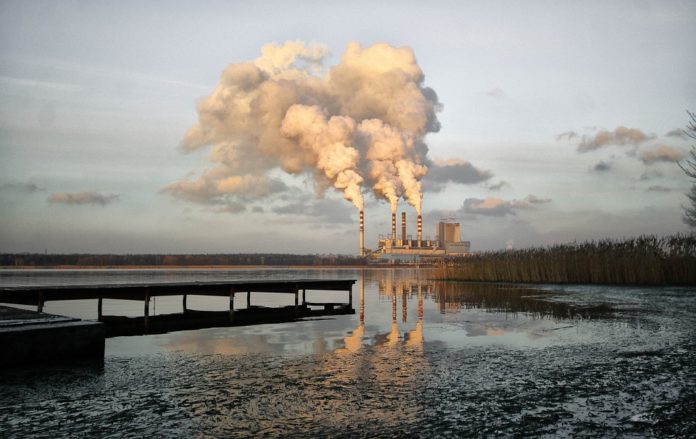Nitrogen oxides (NOx) in our atmosphere leads to the formation of smog, acid rain, and ground-level ozone. Scientists are consistently working to understand how these gases are produced during combustion so that they can find ways to reduce them.
In a new study by the Argonne National Laboratory and the Technical University of Denmark, scientists explained how they incorporated over 10 years of burning examinations to make another all-encompassing model of how nitrogen oxides are created.
Argonne chemist Stephen Klippenstein, an author of the paper said, “NOx production is one of the main concerns for engine companies. Our understanding of how these pollutants are produced in different engine environments has deepened dramatically.”
In one pathway, called provoke NO (nitrogen monoxide), air nitrogen joins with carbon to shape a middle person of one carbon and two nitrogen molecules, which in the end consolidate with oxygen to frame nitrogen monoxide.
In another pathway, called warm NO, nitrogen monoxide is delivered specifically from nitrogen and oxygen. In a third, called fuel NO, a compound of nitrogen, carbon, and oxygen shapes the middle person advance while in transit to nitrogen monoxide.
Argonne chemist Branko Ruscic, another author of the study said, “Trying to put together these pathways to create a model that accurately reproduces experimental observations has always been a bit of a guessing game. However, because so many scientists from around the world are contributing information about different segments of the larger picture, we’re closer than ever before to a model that truly represents reality.”
“one of the main characteristics of the combustion process — temperature — makes a big difference in the quantity of NOx produced. The temperature affects the lifetimes of the molecules in the mix. Being able to accurately model and predict the behavior of some extremely short-lived molecules is crucially important to determine the pathways of the reaction.”
“If you can run your engine at a lower temperature, you can avoid the formation of much of the NOx.”
Another factor in the combustion process that dramatically affects NOx production involves what researchers call the richness of the fuel mixture — that is, the proportion of fuel to air as combustion takes place in the engine. Engines that run richer will have molecules with more methyl groups, Ruscic said, which tend to promote the formation of NOx.
Ruscic said, “We’re getting to a place where we understand NOx production pretty well. It’s really a good example of the triumph of community science.”
Klippenstein said, “It’s like putting together a jigsaw puzzle where some of the pieces might seem to fit but haven’t yet been painted. It’s our role to figure out how to paint a few more pieces so that our collaborators can put together the picture better.”
The study, “Modeling nitrogen chemistry in combustion,” appeared on February 22 in Progress in Energy and Combustion Science.
